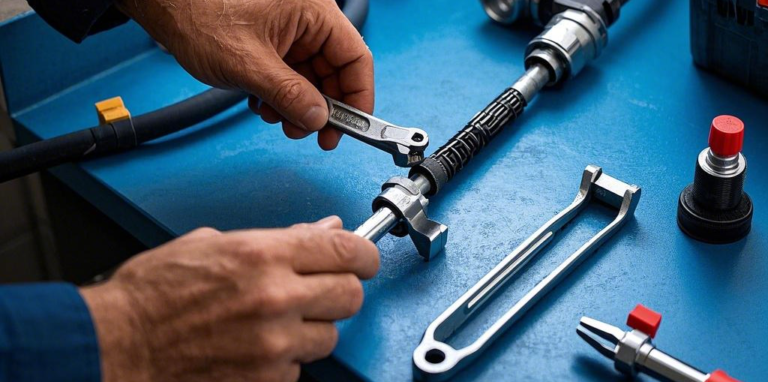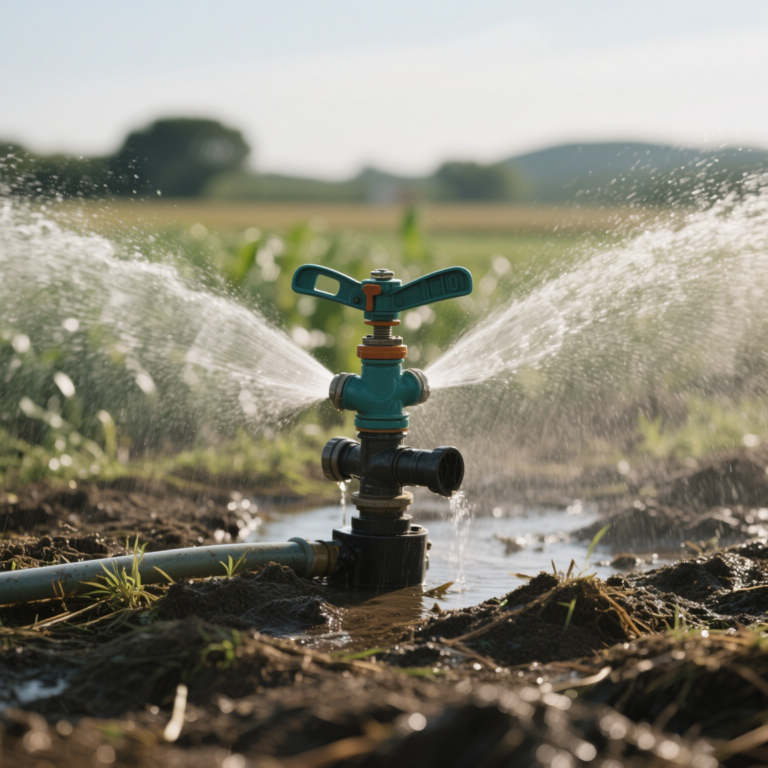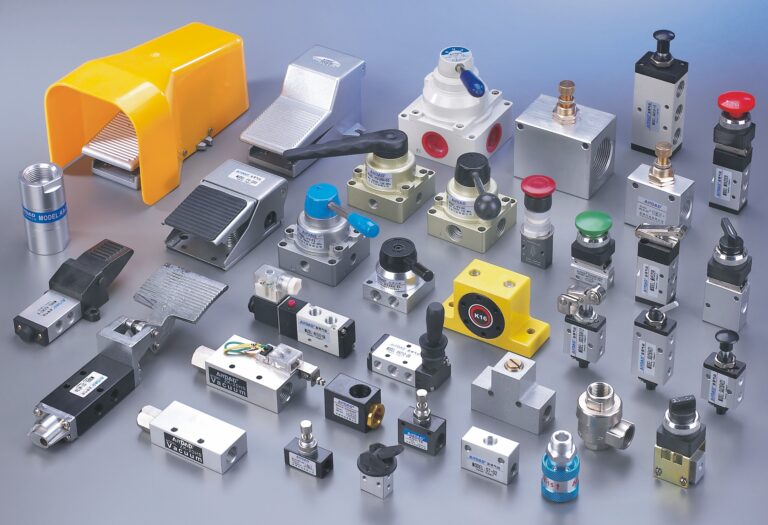How to use gap free hose clamps
The gapless hose clamp is a specially designed hose fixing device with no gaps or steps on its inner surface,…
The gapless hose clamp is a specially designed hose fixing device with no gaps or steps on its inner surface, which can provide a tighter sealing effect and is suitable for various application scenarios that require high sealing. The following are detailed operating steps and precautions to help you use the gapless hose clamp correctly.

1. Preparation
1. Clean the hose and connector: Before installing the gapless hose clamp, first make sure that the surface of the hose and connector is clean and free of dust, oil or other impurities. You can use a clean cloth or soft brush for cleaning.
2. Check the hose status: Carefully check the hose for signs of wear, cracks or damage. If the hose is found to have these problems, it is recommended to replace it with a new hose to ensure the reliability and sealing of the connection.
3. Measure the hose diameter: Use a caliper or tape measure to accurately measure the outer diameter of the hose so that you can choose the right size of gapless hose clamp.
2. Choose a suitable gapless hose clamp
1. Choose according to the hose diameter: According to the measured outer diameter of the hose, choose a gapless hose clamp with a slightly larger size. This ensures that the hose clamp can fit the hose tightly when tightened, avoiding poor sealing due to inappropriate size.
2. Consider the hose material and working environment: The materials of the gapless hose clamp are usually stainless steel and galvanized steel. Stainless steel has stronger corrosion resistance and is suitable for harsh working environments.

3. Install the gapless hose clamp
1. Position the hose clamp: Put the hose clamp on the hose, and make sure that the hose clamp band is evenly wrapped around the hose to avoid overlap or deflection. The hose clamp should be as close as possible to the connection between the hose and the connector for better sealing.
2. Tighten the hose clamp: Use tools such as screwdrivers or wrenches to gradually tighten the screws or bolts of the gapless hose clamp. During the tightening process, keep the hose clamp band evenly stressed to avoid partial over-tightening or over-loosening. Tighten until there is no obvious gap between the hose clamp band and the hose, and the hose is slightly compressed.
4. Inspection and testing
1. Check the connection: After tightening the hose clamp, carefully check the connection between the hose and the connector to ensure that there are no gaps or air leaks. You can gently press the hose near the hose clamp to see if it is firmly fixed to the connector.
2. Test the tightness: If conditions permit, you can perform a pressure test on the system to observe whether there is any air or water leakage at the hose clamp connection. If a leak is found, you need to readjust or tighten the hose clamp.
5. Precautions
1. Avoid over-tightening: When tightening the gapless hose clamp, do not use excessive force to avoid damaging the hose or causing the hose clamp to deform. Over-tightening may cause cracks or deformation of the hose, which will affect the sealing effect.
2. Regular inspection and maintenance: Even if the hose clamp is installed correctly, its tightening and sealing performance should be checked regularly. Especially in a working environment with large vibrations, the hose clamp may gradually loosen due to vibration. Regular inspections can detect and solve problems in time and extend the service life of the hose and hose clamp.
3. Correct use of tools: When installing and tightening the gapless hose clamp, use appropriate tools such as screwdrivers, wrenches, etc. Avoid using inappropriate tools or brute force to avoid damaging the hose clamp or hose.
You can use the gapless hose clamp correctly to ensure the reliability and tightness of the hose connection. Whether in industry, automobile or home maintenance, it is very important to master the correct use of the gapless hose clamp.

Problems encountered and solutions
1. Problem: I don’t know how to determine the installation position of the Gap Free Hose Clamps.
Solution: Before installation, carefully observe the connection parts. Usually, the clamp should be installed at the junction of the hose and the hard pipe that need to be sealed, or placed in the position specified in the equipment manual to ensure a tight fit and prevent misalignment.
2. Problem: It is difficult to completely tighten the Gap Free Hose Clamps during installation.
Solution: Use appropriate tools, such as a screwdriver with torque adjustment, and tighten the screws gradually according to the specified torque to avoid damaging the clamp due to excessive force or uneven force resulting in poor sealing; if it is still difficult, apply a small amount of lubricant to the screw to reduce friction.
3. Problem: I am worried that the Gap Free Hose Clamps will loosen after being used for a period of time.
Solution: After installation, use a marking pen to mark the edge of the contact between the clamp and the connection part, and regularly check whether the mark is misaligned to determine whether it is loose; if looseness is found, tighten it again to the original marked position with tools in time.







